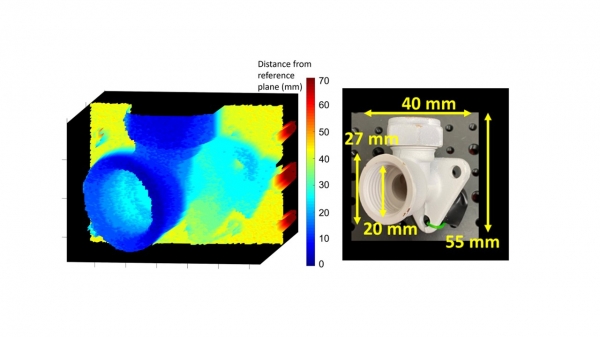For the first time, researchers have demonstrated a prototype lidar system that uses quantum detection technology to acquire 3D images while submerged underwater. The high sensitivity of this system could allow it to capture detailed information even in extremely low-light conditions found underwater.
“This technology could be useful for a wide range of applications,” said research team member Aurora Maccarone, a Royal Academy of Engineering research fellow from Heriot-Watt University in the United Kingdom. “For example, it could be used to inspect underwater installations, such as underwater wind farm cables and the submerged structure of the turbines. Underwater lidar can also be used for monitoring or surveying submerged archaeology sites and for security and defense applications.”
Obtaining 3D images through ocean water can be challenging because it is light-limited, and any particles in the water will scatter light and distort the image. However, single-photon detection, which is a quantum-based technique, allows very high penetration and works even in low-light conditions.
Read more at Optica
Image: Researchers developed a lidar system that uses quantum detection technology that can capture 3D images while submerged underwater. They demonstrated the system by using it to capture a 3D image (left) of a pipe (right). The scan was obtained in low scattering conditions with the single-photon system submerged in a tank. Credit: Aurora Maccarone, Heriot-Watt University


